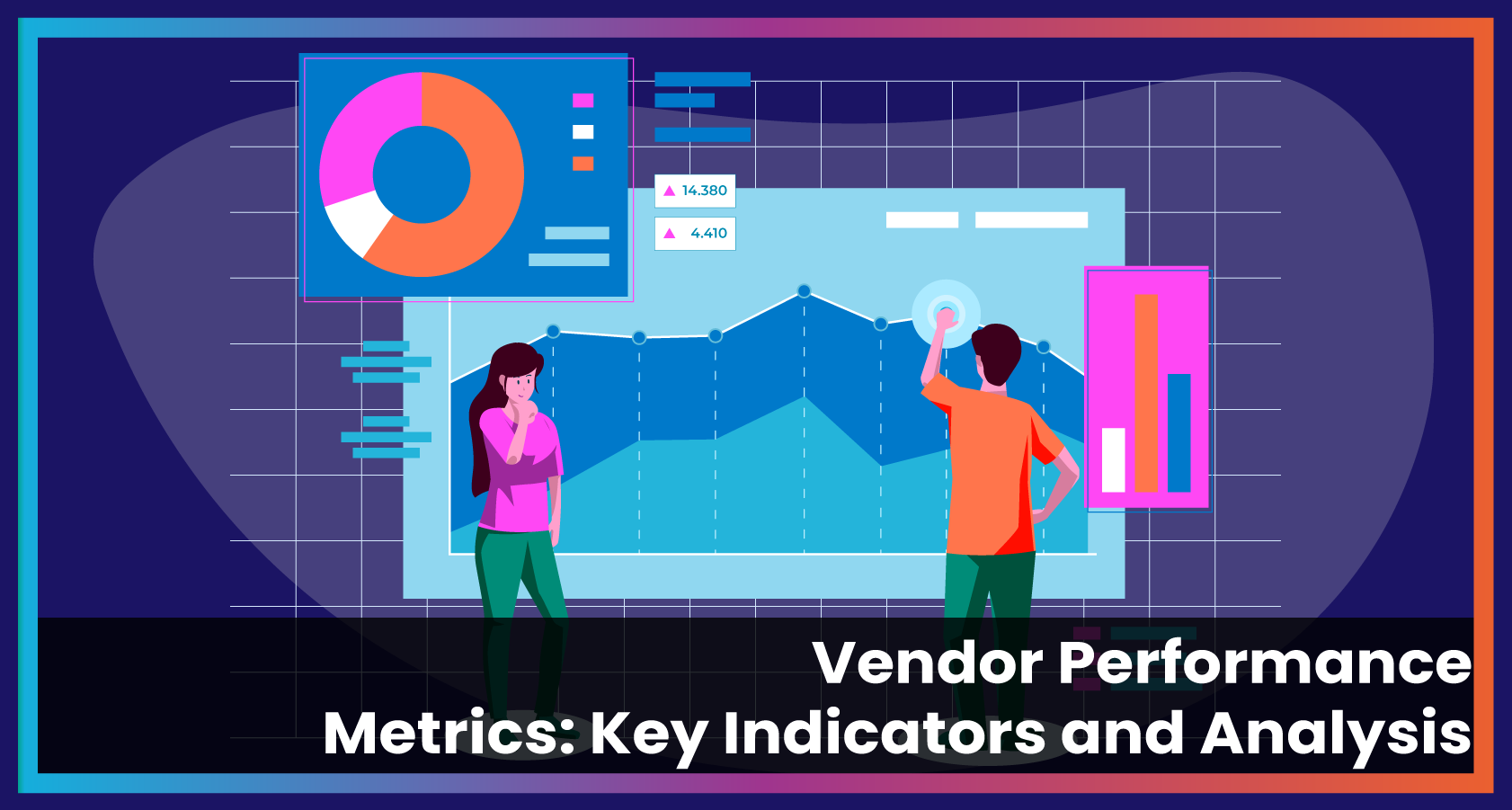Vendor Performance Metrics: Key Indicators and Analysis
Posted On: Oct 04, 2023
Vendor Management Systems (VMS) have become an integral part of modern businesses, revolutionizing the way organizations manage their vendor relationships. In this highly competitive market, businesses need to ensure that they have efficient processes in place to monitor and evaluate the performance of their vendors. This is where Vendor Management Systems come into play.
What is a Vendor Management System?
In simple terms, it helps businesses streamline and automate their vendor management processes. It provides a centralized hub for businesses to manage their vendors, track and monitor their performance, and ensure compliance. With vendor management system in place, businesses can effectively manage their vendor relationships, reduce costs, mitigate risks, and improve efficiency.
Importance of Vendor Management System
In a globalized economy, organizations often rely on a multitude of vendors to provide goods and services. Managing these relationships can be a complex task, especially when dealing with multiple vendors across different locations and time zones. Vendor management system simplifies this process by providing a single platform for businesses to manage all their vendors, regardless of their geographical location.
What are Vendor Performance Metrics?
Vendor performance metrics are a set of measurements used to evaluate the performance of vendors. By tracking metrics such as on-time delivery, quality of products or services, and adherence to contract terms, businesses can assess the efficiency and reliability of their vendors. These metrics provide valuable insights into vendor performance, allowing organizations to make informed decisions about their sourcing strategies. This information enables companies to identify areas of improvement, drive cost reduction, enhance quality, and mitigate risks. It is an essential practice for businesses looking to optimize their supply chain processes.
What are the key Vendor Performance Metrics and their role?
Effective vendor management system doesn’t happen overnight. Companies build networks and rely on potential vendors to keep their operations running smoothly. But how can organizations ensure that they are getting the best value from their vendors? The answer lies in vendor performance metrics.
On-Time Delivery: Late deliveries can disrupt production schedules, impact customer satisfaction, and lead to increased costs. By integrating on-time delivery metrics within an effective vendor management system, organizations can easily track and analyze vendor performance in this area. This data provides valuable insights into which vendors consistently meet delivery deadlines and allows organizations to make informed decisions when selecting or evaluating vendors.
Responsiveness: Timely communication and prompt resolution of issues are crucial for maintaining a healthy vendor relationship. By integrating responsiveness metrics within the vendor management system, organizations can measure how quickly vendors respond to inquiries, address concerns, and provide support. This data enables organizations to identify vendors who consistently demonstrate a high level of responsiveness, ensuring that potential issues are resolved promptly and efficiently.
Commitment: Vendor commitment is a metric that measures the dedication and reliability of vendors towards meeting their contractual obligations and delivering the complete order. By commitment metrics of an effective vendor management system, organizations can evaluate vendors based on their ability to consistently deliver on their promises. This data helps organizations identify vendors who demonstrate a strong commitment to quantity and enables them to build long-term partnerships with trusted and reliable vendors.
Margin: Profitability is a key concern for any organization, and vendor margin plays a significant role in determining overall profitability. By integrating margin metrics, organizations can track and analyze the profitability driven by each vendor relationship. With this organizations can identify vendors who offer competitive pricing and favorable margins, helping them make informed decisions when negotiating contracts or considering alternative vendors.
What is Partner Portal?
Partner Portal, a cloud-based vendor management system, offers a comprehensive suite of features that empower businesses to optimize value from their vendor relationships. By providing complete visibility into vendor performance, spending, and compliance levels, Partner Portal revolutionizes the way organizations manage their vendors. However, managing vendor performance can be a complex task, as it requires tracking and analyzing various metrics. To streamline this process, Partner Portal has integrated vendor performance metrics - on-time delivery, responsiveness, and commitment.
Integrating these vendor performance metrics within the Partner Portal enables organizations to make data-driven decisions. By having access to real-time data on vendor performance, organizations can identify trends, patterns, and areas for improvement. This data-driven approach helps organizations optimize their vendor management strategies, identify potential risks, and make informed decisions that align with their business objectives.
It helps businesses make informed decisions and optimize the supply chains. Integrated vendor performance metrics such as on-time delivery, responsiveness, and commitment within the Partner Portal are crucial for data-driven decision-making. By leveraging these metrics, organizations can evaluate vendor performance objectively, identify areas for improvement, and make informed decisions that drive operational efficiency, cost savings, and customer satisfaction. The integration of these metrics within the Partner Portal empowers organizations to build strong, long-term vendor relationships and gain a competitive edge. Hence, embrace Partner Portal and unlock the power of supplier management for your organization's success.
Conclusion:
Staying ahead in the curve of a competitive business world is crucial to achieve sustainable growth. Implementing Partner Portal, a robust vendor management system, and utilizing vendor performance metrics, organizations can get valuable insights into the performance and capabilities of vendors.